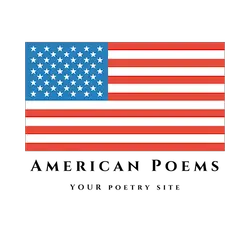It’s all a farce,—these tales they tell
About the breezes sighing,
And moans astir o’er field and dell,
Because the year is dying.
Such principles are most absurd,—
I care not who first taught ’em;
There’s nothing known to beast or bird
To make a solemn autumn.
In solemn times, when grief holds sway
With countenance distressing,
You’ll note the more of black and gray
Will then be used in dressing.
Now purple tints are all around;
The sky is blue and mellow;
And e’en the grasses turn the ground
From modest green to yellow.
The seed burs all with laughter crack
On featherweed and jimson;
And leaves that should be dressed in black
Are all decked out in crimson.
A butterfly goes winging by;
A singing bird comes after;
And Nature, all from earth to sky,
Is bubbling o’er with laughter.
The ripples wimple on the rills,
Like sparkling little lasses;
The sunlight runs along the hills,
And laughs among the grasses.
The earth is just so full of fun
It really can’t contain it;
And streams of mirth so freely run
The heavens seem to rain it.
Don’t talk to me of solemn days
In autumn’s time of splendor,
Because the sun shows fewer rays,
And these grow slant and slender.
Why, it’s the climax of the year,—
The highest time of living!—
Till naturally its bursting cheer
Just melts into thanksgiving.
